The GMAO Research Site
The Global Modeling and Assimilation Office (GMAO) supports NASA's Earth Science mission. Activities in Earth System modeling and data assimilation aim to maximize the impact of satellite observations on analyses and predictions of the atmosphere, ocean, land and cryosphere.


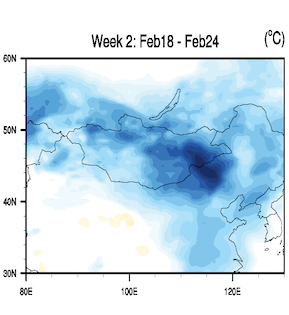
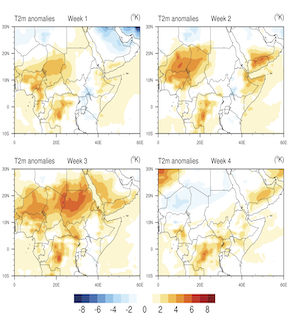
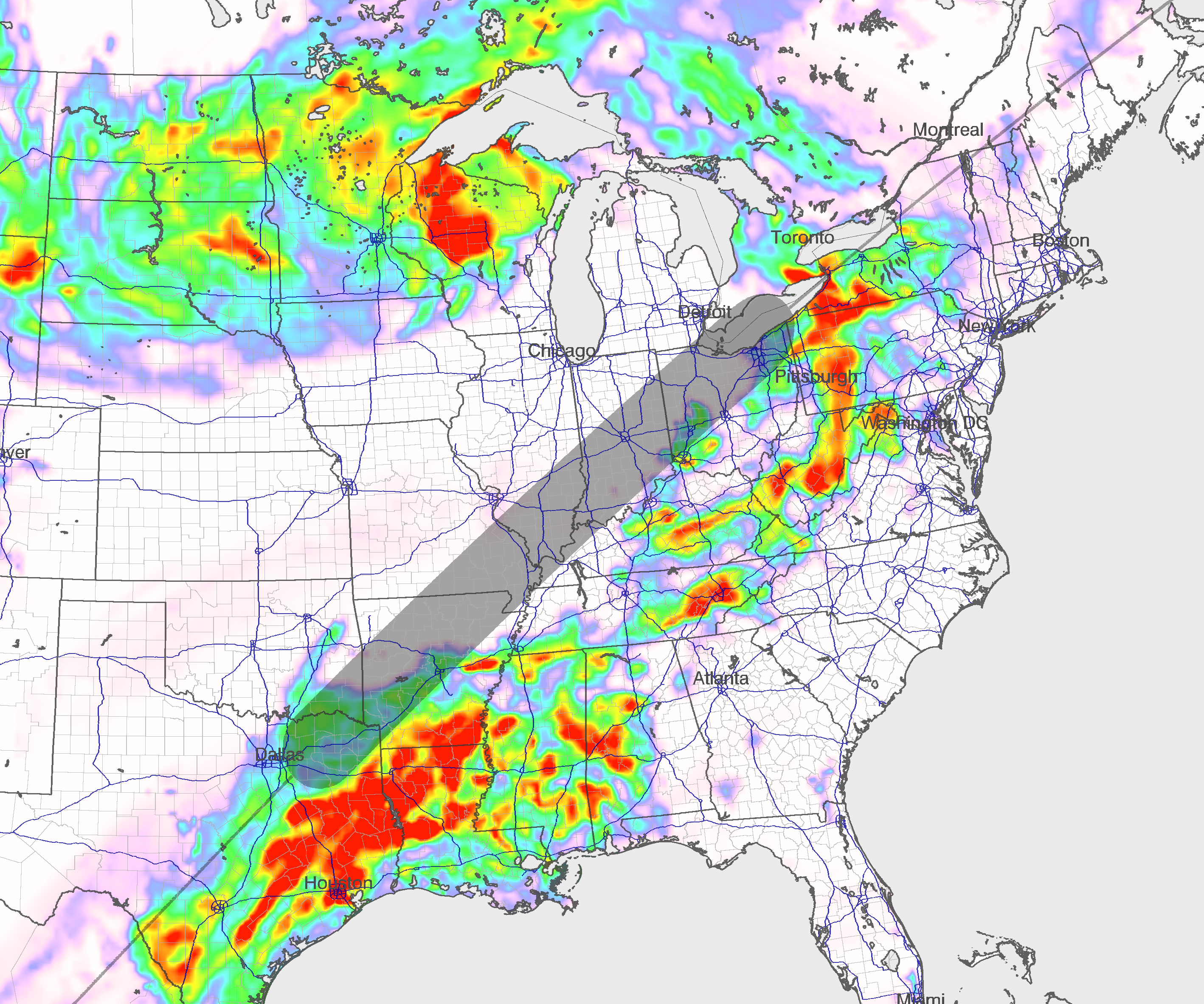
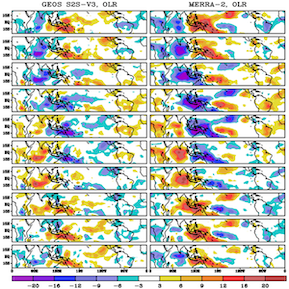



 Andrew Fox, Qing Liu, and Rolf Reichle Granted ROSES-23 Funding for CYGNSS; Fox to Serve as Project's PI (5.31.24)
Andrew Fox, Qing Liu, and Rolf Reichle Granted ROSES-23 Funding for CYGNSS; Fox to Serve as Project's PI (5.31.24)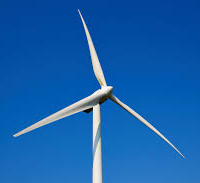 IEA Meeting Highlights Applications of GMAO Reanalysis in Wind Energy Development (5.24.24)
IEA Meeting Highlights Applications of GMAO Reanalysis in Wind Energy Development (5.24.24) Recent Fixes Helping JEDI Transition for GEOS Systems (5.16.24)
Recent Fixes Helping JEDI Transition for GEOS Systems (5.16.24)